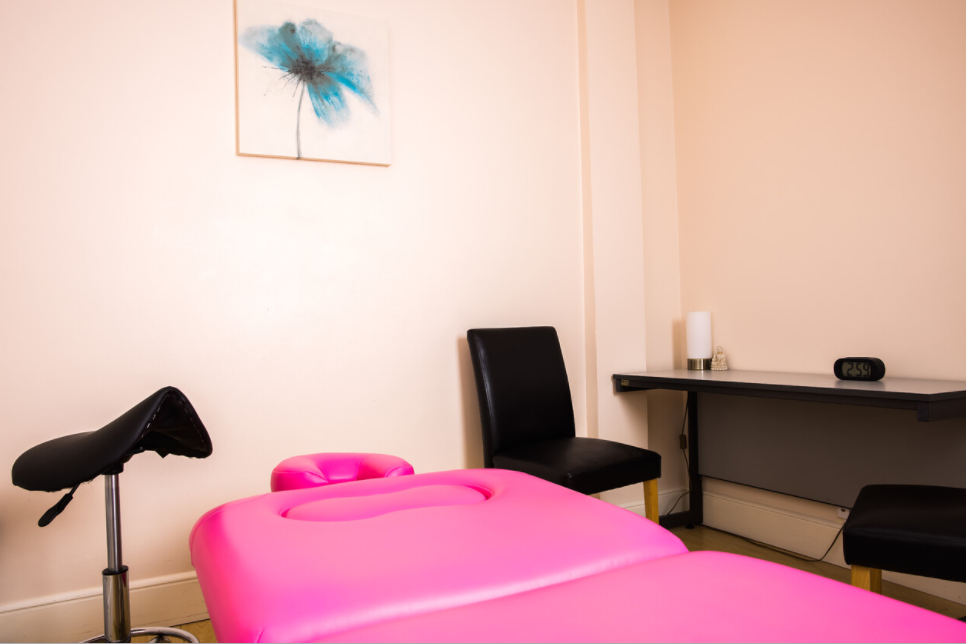
Craniosacral Therapy
With Clare Kersley BSc (hons) Ost
What is Craniosacral Therapy? (CST)
Craniosacral Therapy (CST) is a gentle but effective hands-on therapy. It is supportive and works with your body. The aim of CST is to help your body help itself.
As a CST practitioner, I use a highly trained sense of touch to diagnose and treat areas of strain or dysfunction. “Cranio” refers to the head (cranium) and “Sacral” to the bone at the base of the lower back, the sacrum. During a session, I may focus on those structures. I may also focus anywhere in between because everything in your body is linked via a network of nerves, vessels and connective tissue (fascia).
How does CST Work?
Through light touch, I offer gentle and specific support where it is needed in your body. That support aims to activate your body’s innate healing mechanism and encourage:
Release of tension
Improved mobility
Reduced pain
Deep relaxation
Enhanced wellbeing
We all have a natural vitality, which allows us to recover from injury, illness, accidents, and trauma (physical or emotional). Often when we recover, we are left with subtle changes, for example, scar tissue, adapted patterns of movement or altered alignment. Those changes can influence the way we function and make it harder to cope with the next illness, accident or challenging situation when it comes along. Eventually, we run out of ways to adapt and cope.
CST is a useful way of helping the body unwind and let go of complex layers and patterns of musculoskeletal changes, restrictions and adaptations that have been bedded in over time. That letting go process can lead to significant improvements in health, vitality and wellbeing.
What happens during a CST treatment session?
You will lie on the treatment table, usually fully clothed and I will place my hands gently on your body, often starting at your feet. I will be ‘listening’ to your tissues and assessing their flexibility and quality of movement.
My hands usually stay fairly still during a CST sessions. They may make tiny movements to facilitate change. Observing a CST session is a bit like watching someone read a book. From the outside it looks like nothing much is happening, but if you are the one reading the book, you are transported into a rich world of structure, depth and emotion.
During CST sessions, I am often drawn to areas in the body that have been affected by past events, such as old accidents and injuries. Your body may have learned to compensate for a traumatic event or injury, and you may be unaware that there is anything wrong. However, the effects may still be present and relevant to your current symptoms. It is your body that takes the lead in a CST session; the practitioner is merely a facilitator.
What does a CST treatment feel like?
During a session, some people are aware of a feeling of warmth or tingling. Other people are unaware of anything happening at all but feel different afterwards. Most people become deeply relaxed during a CST session, and it is not unusual for people to fall asleep.
What’s the theory behind CST?
Cranial Osteopathy and Craniosacral Therapy began in 1898, when an osteopathic student at the American School of Osteopathy, William Garner Sutherland, first described the Primary Respiratory Mechanism (PRM).
The PRM comprises several elements: the inherent movement of the central nervous system and spinal cord; fluctuations of cerebrospinal fluid; mechanical tension arising from the cranial meninges; the movement of the sacral bone between between the iliac bones, and movements of the bones of the skull made possible by their sutures.
Those rhythmic bony movements can be palpated by skilled practitioners. Altered or impaired movement can be detected, and corrections encourages. The cranial bones and the sacrum are especially important in CST becasue they represent either end of the PRM, and their correct movement and alignment is a key part of a healthy functioning sytem.
Nothing in the body is isolated; everything is connected by a network of nerves, vessels, fascia, skin, muscles and bones. If there is a restriction in one place it will alter the pattern of movement elsewhere. CST therefore takes account of your whole body. As an approach, it can be very useful for supporting your entire mechanism.
If you have any questions or would like to book an appointment, please contact me (Clare Kersley) on
07954 327614
or email clarekersley@yahoo.co.uk



